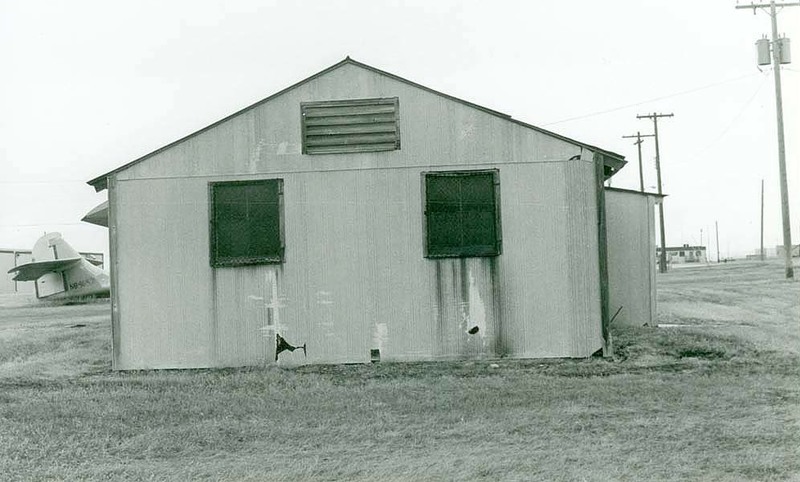
Sand-filled “Blue Beetle” practice bombs with a five-pound black powder charge were loaded here for placement in the B-17s’ bomb bays. The practice bombs were later dropped in 1,000-foot circles during the daytime and on lighted targets at night. The bombing range was near War Horse Lake, 12 miles northwest of Winnett. The top secret Norden bombsight, later used to drop the uranium bomb “Little Boy” on Hiroshima from the B-29 Enola Gay, played a major role in the training at Lewistown. Navigators gained critical practice flying at night, invaluable experience since Montana’s few visual checkpoints mirrored conditions over blacked-out England in 1943. Gunners practiced working, loading, and un-jamming their guns in all conditions including freezing weather, day and night. As the war progressed, B-17s gained fuel capacity progressing from the E and F models to the ultimate B-17 G. Sixteen B-17 Gs and their crews trained at Lewistown from July 6 to October 6, 1943, then flew directly to the front in England.
Images

